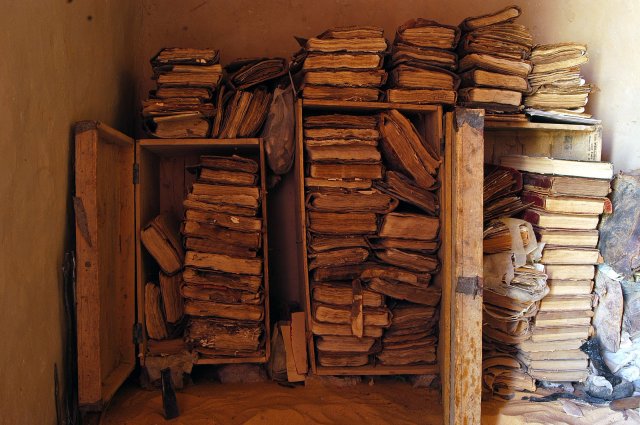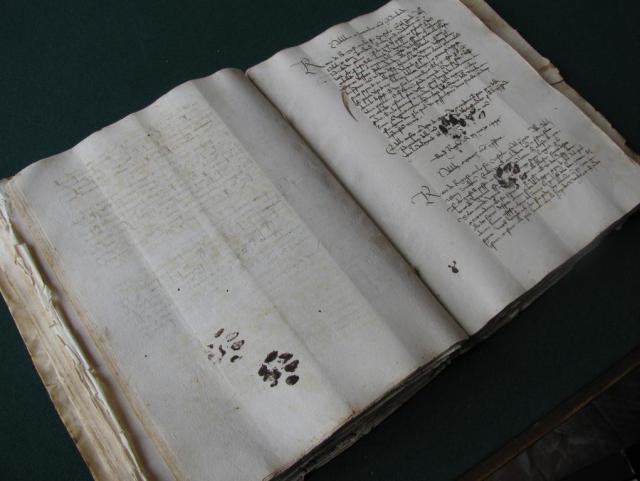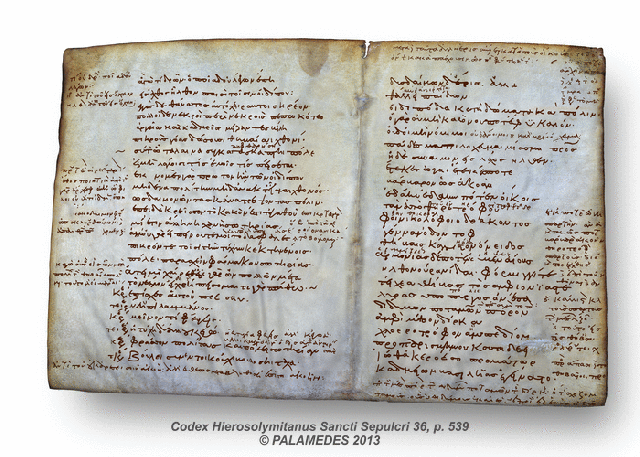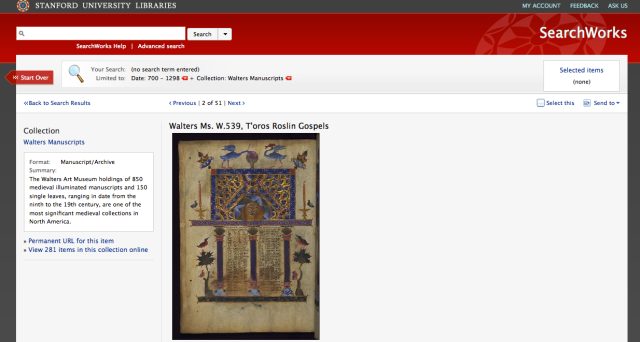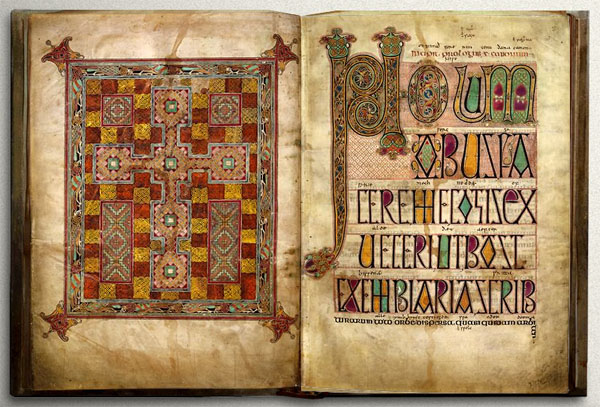First, a very Happy New Year to all our readers from the Turning Over a New Leaf Project!
2013 was an exciting year for manuscripts! New technologies and growing digitization programmes enhanced avenues of access and exploration for researchers, while an interested non-expert public kept exhibitions, blogs, and the latest manuscript news in the limelight. Let’s take a quick look back at some of (what I think were) the best manuscript news items of 2013.
Escape of the Timbuktu Manuscripts
In early 2013, violence erupted in Northern Mali, where rebel troops burned two institutes said to house thousands of Islamic manuscripts dating as far back as the twelfth century. Shortly after the calamity, it was revealed that most of the manuscripts had been earlier secreted away to protect them from the looming conflict. Reported widely by international media, this story highlighted the threat that military conflicts pose to precious artifacts, while also demonstrating the importance of both local and global communities in protecting our cultural heritage. For more, see this BBC story, or read about (and if possible, support) the ongoing preservation challenges faced by Timbuktu Libraries in Exile.
Medieval Cats
No, I’m not kidding; cats were a popular manuscript trend this past year. When Erik Kwakkel retweeted the above picture sent to him by Emir O. Filipović, a researcher at the University of Sarajevo, it went viral. The following week, guest blogger Thijs Porck wrote ‘Paws, Pee, and Mice’ for us, which remains today our top-viewed post. A few weeks later, the Smithsonian, National Geographic, and Discovery (just to name a few) ran with the image. Grumpy Cat even responded.
Uncovering Palimpsests
On the scientific front, 2013’s Palamedes Project is using advancing technologies to decipher two palimpsest manuscripts. Facilitated by Georg-August University in Göttingen, Bologna University, and the National Bank of Greece, a team of scholars will use these manuscripts to create critical editions of a previously unknown work by Euripides, and an unidentified fifth-century commentary on Aristotle containing high-quality drawings. Read medievalist.net’s coverage and visit the Project’s website. (Interested in more palimpsests? The Archimedes Palimpsest Project, started in 1998 at the Walters Art Museum in Baltimore, was the forerunner of this project. In February 2013 we hosted a fascinating lecture by Dr. William Noel, the director of this project, about the process and discoveries made.)
Collaborative Digitizing
Many universities, libraries and museums worked singly and together to increase the quantity and quality of their digital collections. In one great collaborative example, the Walters Art Museum and Stanford University teamed up to improve and augment the Walters’ digital manuscript collection (currently holding 100,000 manuscript images): not only will the images be protected from loss or corruption in Stanford’s Digital Repository, but a transcription tool, side-by-side viewing option, indices, and other high-tech reading aids will soon be available. As of now, 281 items are already in Stanford’s database (with limited features so far).
The Vatican and Oxford University’s Bodleian Library also agreed to a four-year project to digitize 1.5 million pages of medieval manuscripts, focusing on Hebrew and Greek manuscripts, and incunabula (hopefully inspiring further digitization after this initial goal is reached). They’re already well underway: check out the Polonsky Foundation Digitization Project website.
The Lindisfarne Gospels Draw 100,000
When the Lindisfarne Gospels left London for a three month sojourn up north, it managed to draw nearly 100,000 interested visitors to Durham University. While only two openings of the 1300 year-old book were displayed (first the Canon Tables, and then the portrait of John the Evangelist), public interest was remarkable. The exhibition also featured the Gospels of St Cuthbert, called the “oldest European book to survive fully intact”, which was purchased by the British Library in partnership with Durham University and Durham Cathedral for £9 million (€10.8 million, $14.8 million US) in March 2012. Clearly, manuscripts are crowd-pleasers! If you didn’t number among the visitors, you can still visit the manuscripts online here and here.
Now, I wonder what’s in store for 2014?

